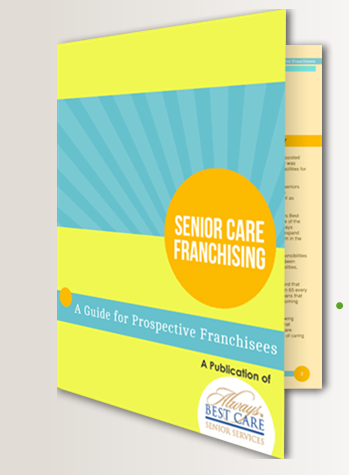Seasoned business owners know that few things are more costly than employee turnover. From picking up where an employee left off, to recruitment, training and new hires, the costs add up quickly. The expense of losing and replacing a single employee can easily add up to a whopping $50,000 or more.
Holding on to your best employees such as the best caregivers of your home care franchise for as long as possible requires that you create a rewarding environment where employees feel their work and input are valued. It is critical to develop trust with your employees and understand their career goals—open communication is key in this regard.
Here are some ways to build trust and keep your best and brightest staff on board for years to come:
- Offer Praise — Feeling appreciated is a fundamental human need. All of us need to feel that we are making a contribution to the world and are valued. Acknowledging and rewarding an employee for their contributions benefits not only the employee, but the company. Employees who feel valued are more productive and report higher rates of satisfaction with their jobs, which frequently translates to better employee morale, increased customer satisfaction, reduced absenteeism and higher employee retention.
- Foster Autonomy –– Whenever possible, and especially in jobs that require high levels of creativity, give your employees a say in their work and involve them in decision-making. Few people appreciate being micro-managed. Try coaching, rather than managing employees, and offer feedback regularly.
- Recognize Individual Strengths — Recognizing employees’ individual strengths, talents and expertise, and capitalizing on those things will help your business succeed and will improve employee satisfaction.
- Offer Tangible Rewards — Tangible rewards do not necessarily need to be monetary. A dinner with the company’s president, closing the office early the day before a holiday, or granting an employee a personal day after finishing a grueling project can all go a long way.
- Make Ongoing Training Available –– Most employees are eager to learn and grow. Cross-training, offsite workshops and other learning opportunities can help keep your employees sharp, and it lets them know they are valued members of the company.
Investing in your employees and instituting policies and programs that help them feel appreciated will likely pay off in the long run, in terms of increased productivity, high morale and low turnover—all boons to your bottom line.
Always Best Care is one of the leading senior care companies in the nation, with nearly 190 franchised territories nationwide. Learn about the growing senior care industry and about franchising with Always Best Care on our website, https://home-care-franchise.alwaysbestcare.com/
Learn more about senior care franchising and download our FREE eBook!
Please refer to our most recent Franchise Disclosure Document for important details https://paperswrite.org/
























